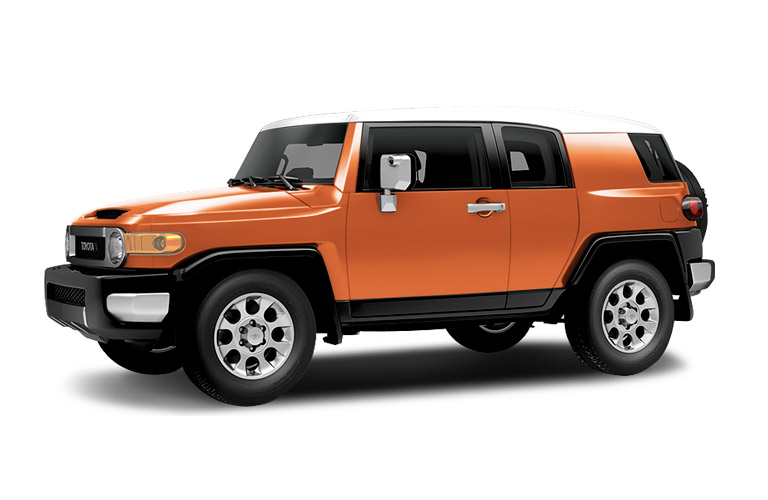Third Coast Auto Group Official Blog
What does all-wheel drive help with?
By Product Expert | Posted in FAQs on Thursday, February 20th, 2020 at 10:13 pm
Benefits and Capabilities of All-Wheel Drive
Over the past few decades, all-wheel drive has become an increasingly desired feature among consumers. It’s generally assumed that with all four wheels getting power on a vehicle, the ability to traverse terrain of all variations and conditions will be greatly boosted. But is this really the case?
What does all-wheel drive really help with, and where does it fall short?
Though systems and designs of AWD vary, all-wheel drive is reliably able to provide maximum forward traction during acceleration. By feeding power to every wheel, vehicles with AWD can better tackle sloppy road conditions and light off-roading. The added traction helps the vehicle get moving and keep going on surfaces like mud, sand, and sporadic snow/ice.
What does all-wheel drive do?
When one axle in an all-wheel drive system detects slippage, the brain of the vehicle diverts power to another axle that it hopes is attached to a wheel with better traction. Some all-wheel drive systems exist normally in front-wheel drive, and send power to the rear wheels only when the front start slipping.
All-Wheel Drive vs. 4-Wheel Drive
While all-wheel drive is good for most normal snow conditions and casual off-roading, severe snow or serious off-roading endeavors should be left to a vehicle that has 4-wheel drive, along with a lot of ground clearance. 4-wheel drive sends power to all four wheels uniformly, which can be a waste of energy when not needed, but brings greater strength when it is.

The Toyota FJ Cruiser featured available 4-wheel drive.
What is the downside of all-wheel drive?
While all-wheel drive is helpful in certain conditions, there are downsides to all-wheel drive that many drivers don’t realize. The biggest one is overconfidence. Drivers often assume that because they have all-wheel or 4-wheel drive, they will be safe in inclement weather or bad conditions.
This isn’t the case; while AWD improves straight-line traction, it does not help with cornering or braking, two essential elements of avoiding an accident. AWD users should be wary of this false sense of security, and exercise, as Mad-Eye Moody would say, “Constant Vigilance!”
A better way to help your vehicle succeed in inclement or slippery conditions is by having the proper tires, such as snow tires for the winter. Believe it.
Another downside is that AWD and 4WD both add a fair amount of weight to a vehicle, which lowers its fuel economy ratings.


